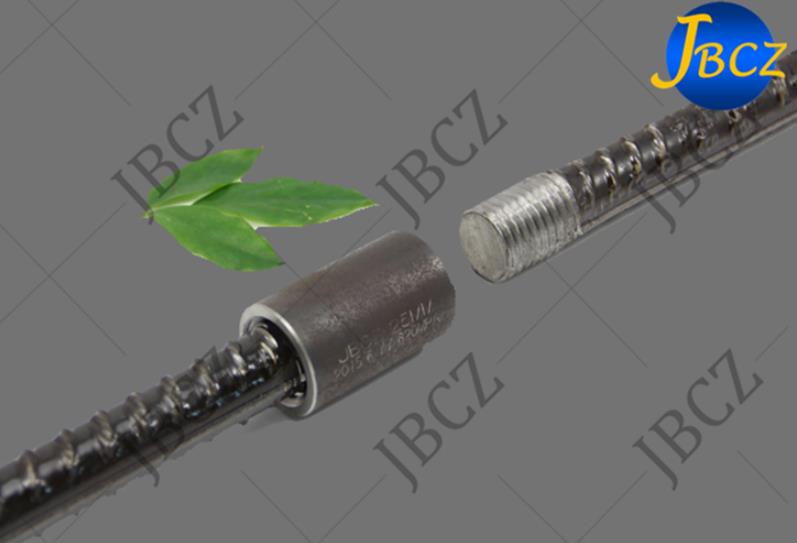Rebar splicing is a critical process in the construction industry that involves joining two steel segments. This procedure is essential for strengthening concrete structures and ensuring that they can withstand the elements and prolonged use. However, rebar splices are susceptible to corrosion, which can lead to structural weakening and, ultimately, structural failure. Fortunately, advanced technologies are now available to help reduce the risk of corrosion in reinforcement joints.

Technology offers the following two ways to help reduce the risk of corrosion in reinforcing rebar splices.
(1) Use of corrosion-resistant coatings.
These coatings can be applied directly to reinforcing rebar splices, providing an additional layer of protection against the effects of corrosion. Advanced coatings such as epoxy, zinc or fused epoxy offer excellent durability and adhesion, providing the highest level of protection for the structure.
(2) Cathodic Protection.
This process involves the creation of sacrificial anodes that preferentially corrode the reinforcing steel, thereby effectively preventing the steel from corroding itself. Cathodic protection systems are an excellent choice for long-term corrosion protection, and they offer significant cost savings compared to traditional corrosion prevention methods.
In addition, advances in the development of construction materials have paved the way for improving the corrosion resistance of reinforcing rebar splices. Elements such as stainless steel or fiberglass have been developed to significantly improve the reliability of reinforcing rebar splices.
However, there are challenges in adopting new technologies in the construction industry. One of these challenges is the uncertainty of implementing a cost-benefit analysis. While the initial investment in advanced corrosion protection methods may be higher, the savings from reduced maintenance costs and extended structural life far outweigh these initial costs in the long run.
In conclusion, ensuring the durability and longevity of structures is a top priority for the construction industry. Steel splicing is a critical process that must be executed with precision and care to ensure the robustness of the structure. The use of advanced technologies, particularly anticorrosive coatings, cathodic protection and innovative materials, can significantly reduce the risk of corrosion in rebar splices. While the adoption of new methods can entail an initial investment, the savings they provide make them a worthwhile investment in the long run. If you need more detailed information, feel free to contact us!